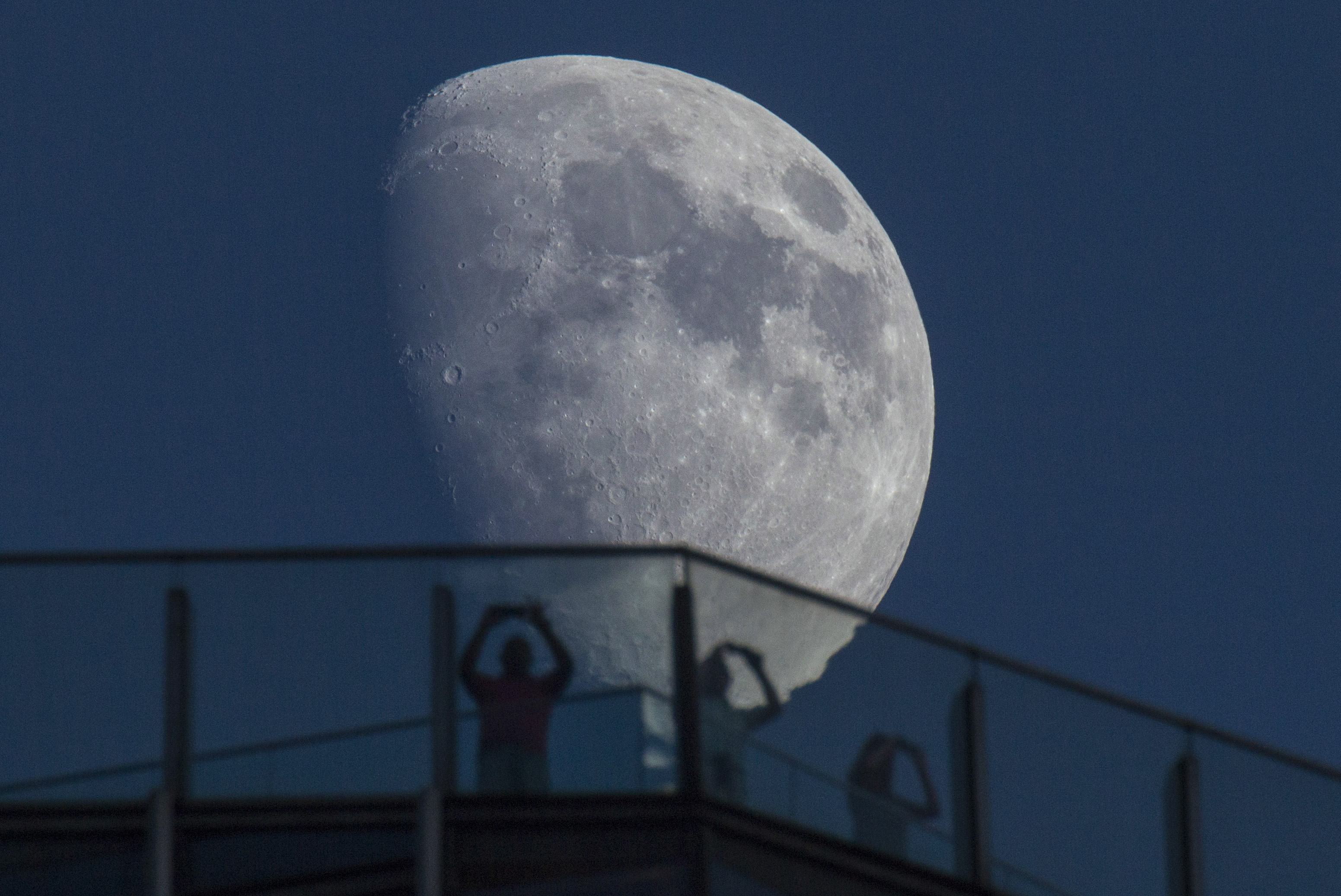BEIJING – China will land its first probe on the moon at the end of this year, state media reported on Wednesday, the next step in an ambitious space programme which includes eventually building a space station.
In 2007, China launched its first moon orbiter, the Chang'e One orbiter, named after a lunar goddess, which took images of the surface and analysed the distribution of elements.
That launch marked the first step in China's three-stage moon mission, to be followed by an unmanned moon mission and then the retrieval of lunar soil and stone samples around 2017.
The official Xinhua news agency said that the Chang'e Three was on track for a landing towards the end of the year.
"Chang'e Three has officially entered its launch implementation stage following its research and construction period," it cited a government statement as saying.
"The mission will see a Chinese orbiter soft-land, or land on the moon after using a technique to slow its speed, on a celestial body for the first time," Xinhua added, without providing further details.
Chinese scientists have talked of the possibility of sending a man to the moon after 2020.
China successfully completed its latest manned space mission in June, when three astronauts spent 15 days in orbit and docked with an experimental space laboratory critical in Beijing's quest to build a working space station by 2020.
China is still far from catching up with the established space superpowers, the United States and Russia, which decades ago learned the docking techniques China is only now mastering.
Beijing insists its space programme is for peaceful purposes, but the U.S. Defense Department has highlighted China's increasing space capabilities and said Beijing is pursuing a variety of activities aimed at preventing its adversaries from using space-based assets during a crisis.






















































